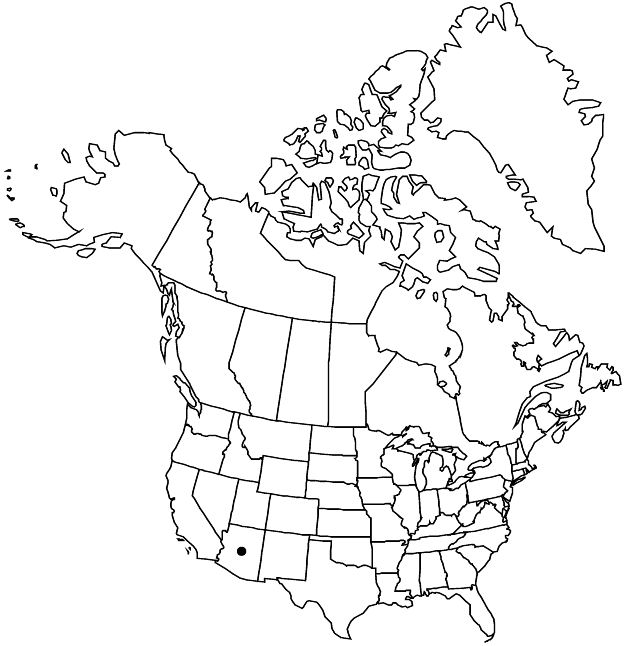Difference between revisions of "Euphorbia aaron-rossii"
Brittonia 40: 357, figs. 1, 2. 1988.
FNA>Volume Importer |
imported>Volume Importer |
||
| (2 intermediate revisions by 2 users not shown) | |||
| Line 54: | Line 54: | ||
|publication year=1988 | |publication year=1988 | ||
|special status=Endemic;Conservation concern | |special status=Endemic;Conservation concern | ||
| − | |source xml=https:// | + | |source xml=https://bitbucket.org/aafc-mbb/fna-data-curation/src/2e0870ddd59836b60bcf96646a41e87ea5a5943a/coarse_grained_fna_xml/V12/V12_50.xml |
|genus=Euphorbia | |genus=Euphorbia | ||
|section=Euphorbia sect. Alectoroctonum | |section=Euphorbia sect. Alectoroctonum | ||
Latest revision as of 19:15, 5 November 2020
Herbs, perennial, with deep stout rootstock. Stems erect, branched, densely clumped, previous year’s dead stems persistent, 25–45(–60) cm, glabrous, striate. Leaves alternate, persisting, usually reflexed, occasionally spreading; stipules 0.1–0.3 mm; petiole 0.2–2.2 mm, glabrous; blade narrowly ovate to lanceolate proximally, narrowly lanceolate, linear, or filiform distally, 10–32 × 0.5–6.5 mm, base cuneate, margins entire, apex acute, surfaces pilose when young, sparsely strigose or glabrous with age; venation obscure, only midvein conspicuous. Cyathia in terminal monochasia (thus appearing solitary at alternate nodes); peduncle 0.5–2.5 (or 10–25) mm, glabrous or sparsely strigose. Involucre turbinate to campanulate, 2.2–3.7 × 1.5–2.5 mm, moderately strigose; glands 5, dark green, reniform, 0.7–1.1 × 1–1.6 mm; appendages white to pink, flabellate, 0.5–1.5 × 0.8–2.2 mm, dentate or erose. Staminate flowers 20–25. Pistillate flowers: ovary strigose; styles 1–1.3 mm, 2-fid at apex. Capsules subglobose, 2–3 × 4 mm, sparsely strigose; columella 2–3 mm. Seeds gray-green to gray-brown, globose-ovoid, 1.8–2.2 × 1.2–1.6 mm, longitudinally pitted; caruncle absent.
Phenology: Flowering and fruiting spring–fall.
Habitat: Sandy soils and dunes, occasionally rocky slopes, riparian areas.
Elevation: 600–1300 m.
Discussion
Euphorbia aaron-rossii is restricted to the banks of the Colorado River in several small areas of the Grand and Marble canyons. The species is most closely related to E. strictior and E. wrightii, but due to its rarity, it has not been extensively studied.
Selected References
None.
